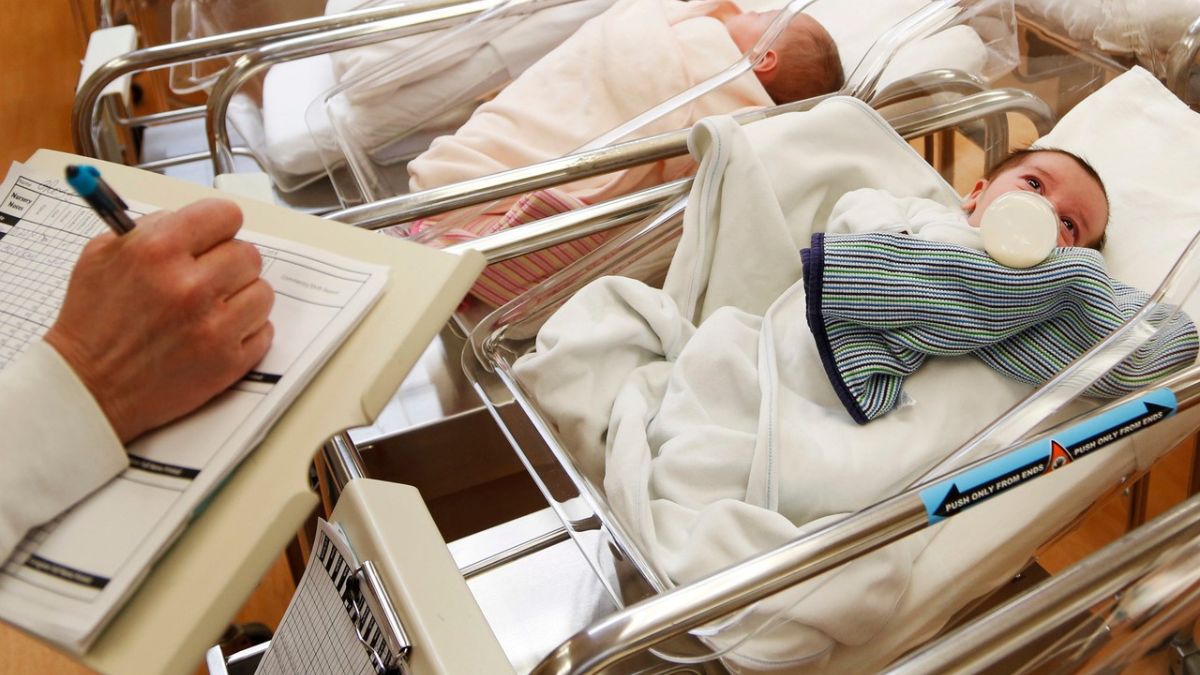In a move to ease financial pressures on low-income families, New York State has introduced a new policy granting \$1,800 as a one-time baby benefit to qualifying households. Announced as part of the 2026 fiscal budget, the initiative aims to support families with newborns, particularly those already enrolled in public assistance programs such as TANF, SNAP, or Medicaid.
The program, confirmed by Governor Kathy Hochul, is expected to begin disbursing payments in mid- to late-2026 and is anticipated to cover thousands of births annually across the state. It marks a significant step in the state’s broader family support framework and child welfare initiatives.
Direct Support to Offset Rising Childcare Costs
Raising a child in New York has become more expensive than ever. According to state data, the average cost of caring for a newborn exceeds \$20,000 in the first year alone, with expenses soaring even higher in New York City and other urban centers. Diapers, formula, housing adjustments, and medical expenses top the list of financial burdens.
The \$1,800 Baby Benefit is designed to provide immediate relief. Unlike tax credits, which are typically received months after filing, this direct payment will be distributed shortly after the child’s birth. Families will have the flexibility to spend it on urgent needs, whether that means paying rent, covering hospital bills, or buying essential baby supplies.
Importantly, officials confirmed that the payment will not interfere with existing benefits, making it an add-on support measure rather than a replacement for current assistance programs.
Why the Baby Benefit Matters Now
For many families living paycheck to paycheck, even small expenses can push them into financial distress. Infant care requires significant upfront spending, and waiting months for tax refunds often leaves parents vulnerable during the most critical time.
By offering direct, unrestricted financial aid, New York aims to prevent families from falling deeper into poverty. Experts also point out that early childhood support is strongly linked to better long-term health outcomes, improved educational opportunities, and reduced reliance on social programs later in life.
Eligibility Limited to Public Assistance Recipients
The Baby Benefit is not universal—it specifically targets low-income households already receiving public assistance. Families enrolled in TANF (Temporary Assistance for Needy Families), SNAP (Supplemental Nutrition Assistance Program), or Medicaid at the time of the child’s birth will be eligible.
To qualify, parents must show:
- Proof of residency in New York State.
- The newborn’s official birth certificate.
- Government-issued identification.
- Documentation confirming active enrollment in eligible programs.
The one-time payment of \$1,800 per child will be issued once eligibility is verified. Governor Hochul emphasized that the measure is meant to “concentrate aid where it has the most impact,” ensuring limited state funds directly reach families facing the greatest need.
Governor Hochul’s Statement
In announcing the policy, Hochul shared both a political and personal perspective.
“As a mother, I know how expensive it is to have a baby. That’s why I fight for New York families to have a little more money when they need it most,” she said.
Her comments highlight the balance between compassion and practical economics, framing the benefit not only as a moral responsibility but also as a smart investment in family stability.
Launch Timeline and Application Process
The Baby Benefit program will roll out in phases beginning in 2026, managed by the Office of Temporary and Disability Assistance (OTDA).
Key Timeline Highlights:
- Final Guidelines Release – Early 2026
- Application Portal Launch – Mid-2026
- First Payments Issued – Mid to Late 2026
Applications will be available through a digital portal and in paper format via local Department of Social Services (DSS) offices. Families will need to submit all required documentation, and officials estimate that processing will take 30–45 days.
Notably, families who give birth earlier in 2026 may qualify for retroactive payments, ensuring that the benefit reaches as many eligible households as possible.
Addressing Rising Childcare Costs
The timing of the program reflects growing concerns about the rising cost of childcare. New York is one of the most expensive states in the country for new parents, and child poverty rates remain stubbornly high.
By giving families cash immediately after childbirth, the state hopes to reduce financial strain during the first few months, which experts identify as the most vulnerable period for new parents. Unrestricted spending allows flexibility, acknowledging that each family faces unique challenges.
Broader National Context
New York’s approach is unusual compared to most U.S. states, which typically rely on tax credits like the federal Child Tax Credit (CTC) or provide assistance through healthcare and food subsidies. Few states offer direct newborn payments of this kind.
This initiative could set a precedent, potentially influencing other states to consider similar direct-support models. Policymakers across the country are under increasing pressure to respond to childcare affordability concerns, and New York’s experiment may become a national template.
Long-Term Goals Behind the Policy
Officials stress that the Baby Benefit is more than just financial relief—it is part of a long-term strategy to address child poverty and improve early childhood health outcomes. Research shows that even small amounts of early financial support can reduce stress in households, leading to healthier babies and stronger family stability.
The initiative aligns with broader goals to:
- Reduce infant poverty rates.
- Support maternal health and recovery.
- Encourage stronger family resilience.
- Close gaps in early childhood opportunities.
Public Response and Potential Challenges
While the policy has been welcomed by advocacy groups, critics argue that \$1,800 is a small fraction of the actual cost of raising a child. With first-year expenses exceeding \$20,000, many believe the program should be paired with expanded childcare subsidies and affordable healthcare reforms.
Others worry about the administrative burden. Verifying eligibility and processing applications for thousands of families could overwhelm state agencies unless properly funded.
Still, supporters emphasize that even modest aid can make a crucial difference. For many families, this one-time payment could cover several months of diapers, medical co-pays, or rent, preventing financial crises.
New York Sets National Example for Early Child Support
Ultimately, the Baby Benefit positions New York as a leader in family support policy. By recognizing the challenges of raising a child in one of the most expensive states, the government is providing direct, immediate relief—something few other states have attempted.
If successful, the initiative could inspire broader reforms nationwide, particularly as childcare costs and income inequality continue to dominate the national conversation.
FAQs
Q1. What is the New York Baby Benefit?
It is a one-time \$1,800 payment provided to qualifying low-income families with newborns, starting in 2026.
Q2. Who is eligible for the payment?
Families must be residents of New York, provide the newborn’s birth certificate, and show active enrollment in public assistance programs such as TANF, SNAP, or Medicaid.
Q3. When will payments begin?
The first disbursements are expected in mid-to-late 2026, with applications processed within 30–45 days of submission.
Q4. Can the Baby Benefit be spent on anything?
Yes. The funds are unrestricted, meaning families can use them for any needs, including diapers, rent, formula, or healthcare.
Q5. Does this affect other benefits like SNAP or Medicaid?
No. Officials confirmed the Baby Benefit will not reduce or replace other entitlements. It is additional support for families.










